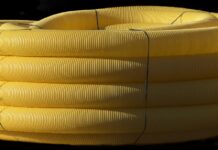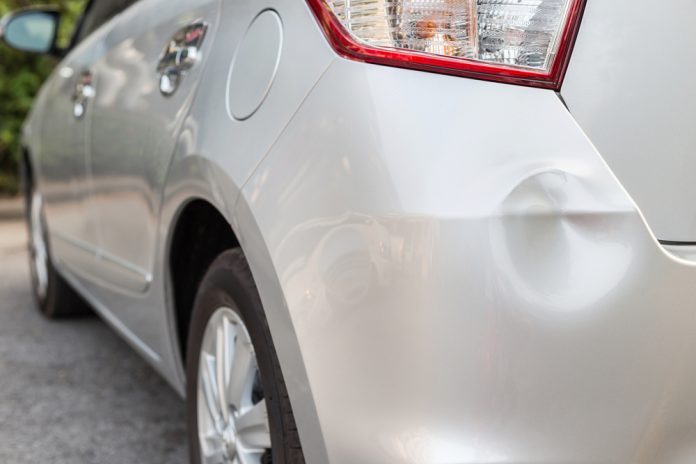Also known as PDR or Paintless Dent Removal, Paintless Dent Repair is a repairing method for the restoration of the body of a vehicle to factory-like conditions using environment-friendly techniques. Compared to traditional repair methods, PDR requires only a fraction of the cost and money. This repairing technique is highly effective in removing dents and dings from the vehicle, as well as hail damage and body creases. Check out intelliDENT to find out more useful details about PDR.
How Does It Work?
Paintless Dent Removal process is applied by thousands of technicians around the country on a daily basis for the restoration of vehicles without compromising the original painted finish of the vehicles. The process doesn’t cost a fortune to the vehicle owners and the vehicles are restored to their original factory condition.
The process of paintless dent repair comprises four primary steps as mentioned below.
- Accessing the damage
- Gaining entry to the area with a dent
- Taking a closer look at the dent
- Application of slow pressure to repair the dent
Let us now find out about each of these steps in detail.
The first step is to access the damage. This involves figuring out the location of the dent, the size of the dent, and finding a way to get to the dent. Once the damage is accessed, it is time to determine whether it can be removed using the PDR process. If the answer is yes, the area around the dent should be prepared.
Now, the next step is gaining entry to the dent. A pathway to the dent must be created before performing PDR. In most cases, the PDR technicians are required to access the dent from its backside. This means careful removal of tail lights, body panels, and even interior panels in some instances. This is the step where the proficiency of the technicians comes into play.
In the next step, the technicians use tools such as special light boards to take a closer look at the dent from their point of view. A shadow of the dent is displayed on the board. This provides a clear indication of the precise areas where the tools should be placed on the back end of the dent so that the body can be restored back to its original condition.
In the final step, slow pressure is applied to repair the dent. The exterior is massaged back carefully to its original position using specialized tools. Depending on the severity of the dent, the entire PDR process can be completed within the same day. In general, the results of this non-invasive and quick the process is amazing.
What Kind of Damage Can Be Fixed by PDR?
A wide variety of dings, dents, and body creases can be repaired by Paintless Dent Removal or PDR, with companies like The Scratch Master leading the way in flawless results. This technique is most likely to be suitable for all types of dents, dings, or creases, provided there is no damage to the paint. Also, PDR can be an excellent solution for all sizes of dents, including large creases and small hail damage.
Traditional Dent Repair Vs. PDR
In traditional dent repair techniques, auto body dents are filled with body filler or paint, which is then matched with the rest of the exterior of the vehicle by painting. Though this process can make a vehicle look like new, it doesn’t address the issues of the dent in a sustainable, long-term manner. Also, the process is expensive, time-consuming, and may impact the vehicle’s resale value.
On the other hand, PDR requires no sanding or fillers. It addresses the core issues of the damage in an environment-friendly way without costing a fortune. It also requires very little time, compared to the traditional repairing techniques.
Find a Home-Based Business to Start-Up >>> Hundreds of Business Listings.

















































